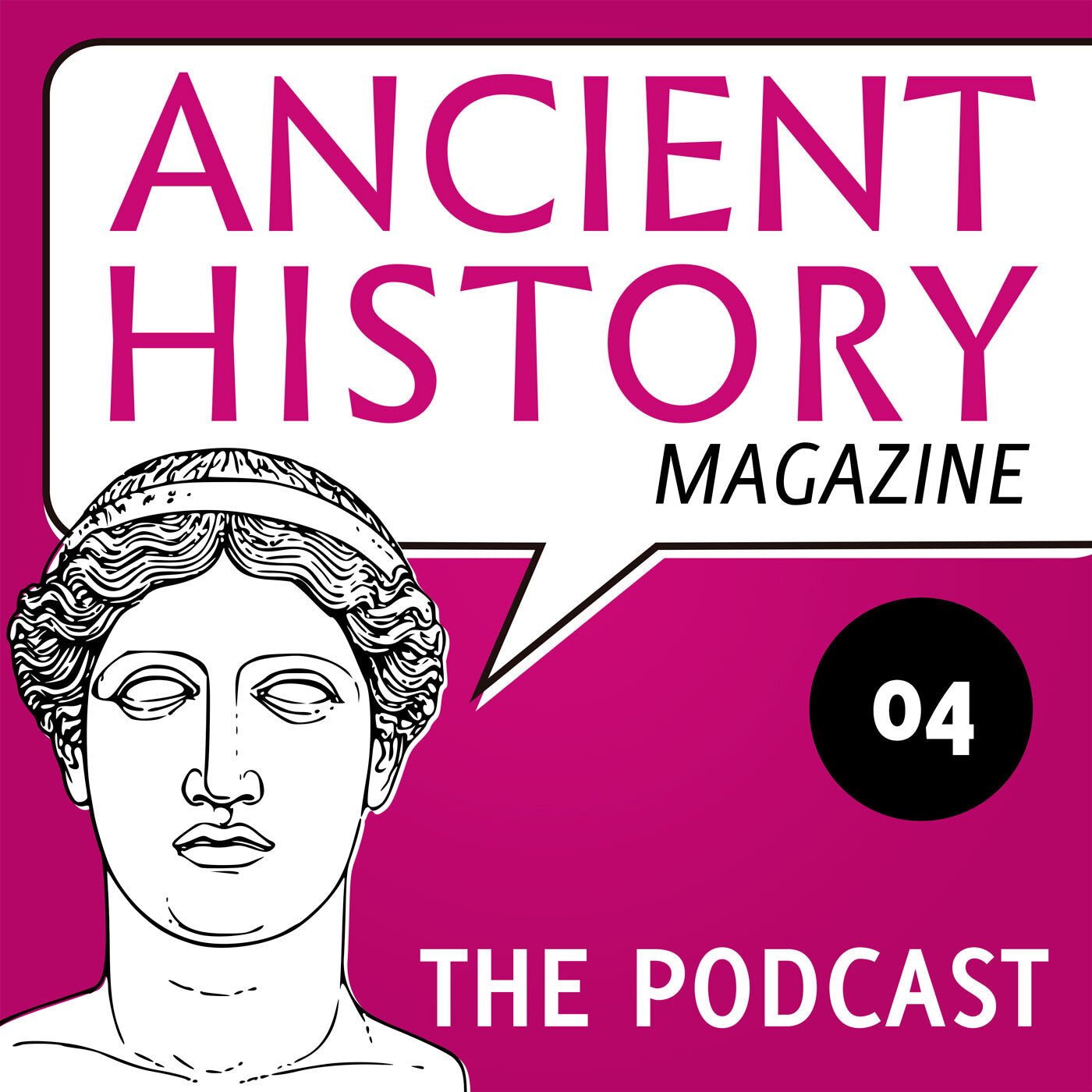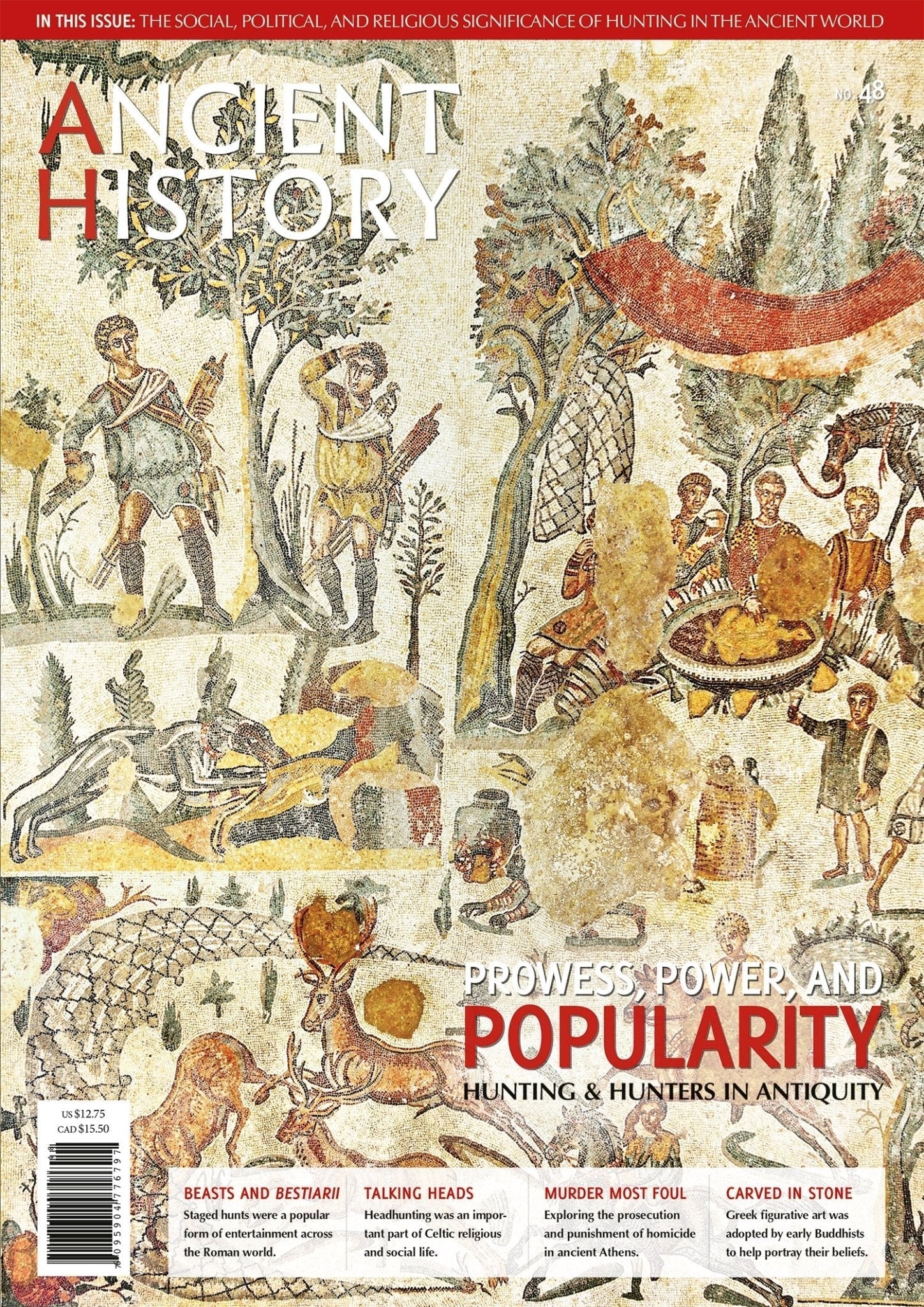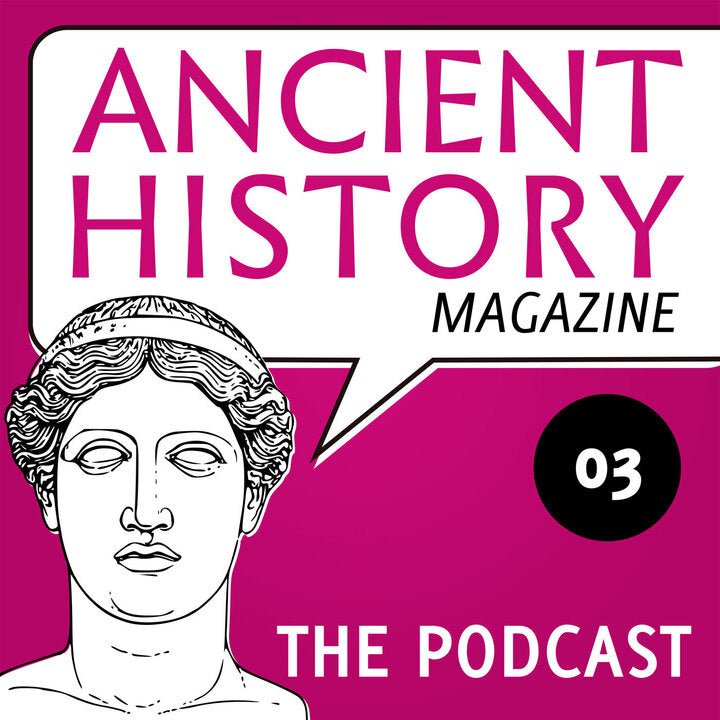Das Panorama 360 – Spectacular exhibition back in Berlin!
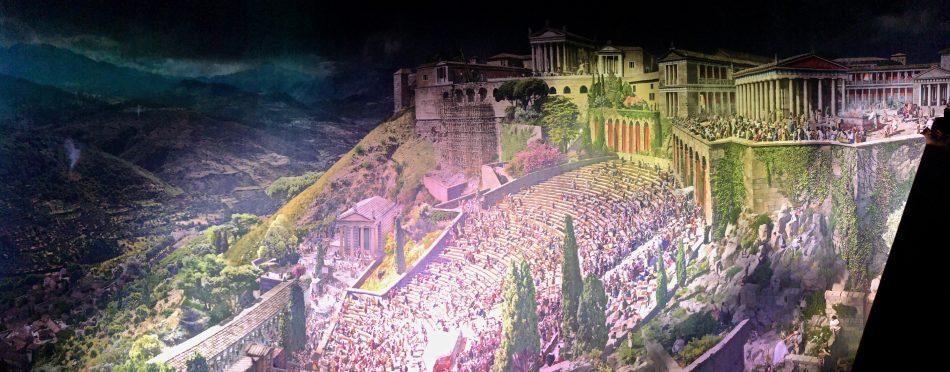
Das Panorama. a view of the Pergamon as it was in AD 129. Photo: @Sandra Alvarez.
Berlin’s Pergamon Museum is host to a spectacular exhibition: Pergamon – Masterpieces from the Ancient Metropolis with a 360 Panorama by Yadegar Asisi. The exhibition opened on November 17, 2018 and will run until further notice. Since there is no set closing date, if you plan to visit Berlin, I would strongly urge you to see this once-in-a-lifetime artistic interpretation. It is like nothing you have ever seen before.

Draped Female Statues – Pergamon. Curators played with different lighting to show visitors how these statues may have been seen by the city's inhabitants 2,000 years ago. Photo: Sandra Alvarez
Noch einmal bitte!
This isn’t the first time it has been on display. The exhibition was first shown at the Staatliche Museen zu Berlin in 2011/2012. It was incredibly well received, getting over 1.5 million visitors during its run, making it one of the most successful exhibitions in the museum‘s history. In cooperation with the Antikensammlung of the Staatliche Museen, Yadegar Asisi has brought this popular show back for an encore presentation.
But it’s not just the Asisi’s breath-taking Panorama that’s worth seeing, the exhibition includes 80 of the Antikensammlung’s most important works from Hellenic Pergamon. What’s really interesting about the pieces on display in this section – which lead up to the panorama – is that the curators have decided to play with lighting, giving the viewer an opportunity to see how shadows once fell on the statues over the course of the day, and how they would have been seen by the Pergamon’s ancient inhabitants. This is especially remarkable when you are viewing the female statues, noting how the folds of their delicately draped clothes catch the changing light.
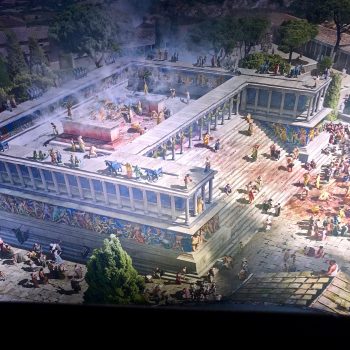
Das Panorama: Sacrifice at the Acropolis. Animals are being sacrificed just below the stairs, as priests burn sacred fires in the background. Photo: ©Sandra Alvarez
Das Panorama
The room for Das Panorama features a raised platform, where you climb up four flights of stairs to the top of the viewing dais. The view is spectacular. You’re looking back in time to Pergamon as it was in AD 129, on the day that Emperor Hadrian was expected to visit. It is an immersive 3-D experience. You see and hear the hustle and bustle of the city; roosters crow, workers hammer away, and people go about their daily business below. Then slowly, the light fades, night falls, and tiny fires crop up as far as the eye can see, crickets chirp, and dogs bark in the distance. The city falls quiet and you experience ancient Pergamon by night. The Panorama repeats this day-in-the-life of an ancient city at 5-10 minute intervals. I encourage you spend some time observing each side of the Panorama as it cycles through the course of the day because you notice something new every time the light shifts.
As you walk around, you will see Asisi’s painstaking attention to detail. He left nothing to chance. It’s no small wonder that he is so fastidious, Asisi has been creating massive panoramas since 2003, and honing the art form since 1993. In preparation for this project, he took many trips to Pergamon to photograph the landscape and ruins. All the people featured in the panorama were initially photographed in period clothing, and then carefully placed into each scene. It is a colossal undertaking, artistically, and historically.
Wunderbar!
Asisi is a master storyteller. He manages to convey ancient living in a way that invites the viewer to imagine themselves as a participant, not just a bystander looking at art on a wall. Das Panorama has everything one could imagine in the life of an ancient city, from ritual animal sacrifice, to temple offerings, to lovers lounging in the sun, and workers creating the famous works that once graced the frieze of the Pergamon Altar. It is one of the most incredible installations I have ever seen, and an absolute must-see experience for visitors to Berlin.
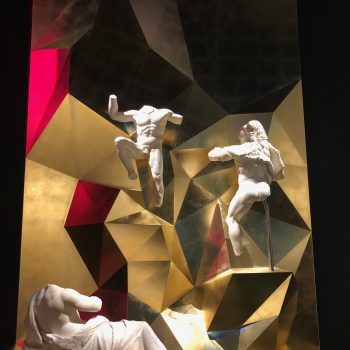
Herakles frees Prometheus. This set of statues in the exhibition illustrates the myth where Herakles frees Prometheus from his shackles and the torment inflicted upon him by Zeus. It was displayed at the sanctuary of Athena. Photo: ©Sandra Alvarez
Achtung!: Before you go...
Cost: The ticket is on the pricey side, at €19, but this includes /Das Panorama/ and entrance to the regular Pergamon Museum. A more cost-effective idea would be to purchase a ticket for the entire Museumsinsel, which allows you to get into every museum on the island for €18.
Photography: you cannot film videos of Das Panorama, or take panoramic photography, but still photos are allowed. The museum staff are very alert to people panning with their mobile cameras and will immediately stop you if they think you’re taking panoramic photos.
Audio guides: These are free, and I highly recommend taking one. I found it helpful as I listened and walked around because the guide not only goes through the history of the Pergamon pieces, but it also has interesting points to listen to, while you’re on the viewing dais, about the history of this period, the activities people are engaged in, and what you’re experiencing as you look at the changing city landscape.
Time: I spent approximately 45 minutes in the exhibition, and about 45 minutes on the dais looking at the Panorama. I would suggest an hour and a half to fully experience the entire exhibition.
For more information, and to purchase tickets, please visit: www.smb.museum
Love ancient history? Want to learn more?

